Web 3.0 technologies dominate business applications in 2024: AI, social, healthcare and more
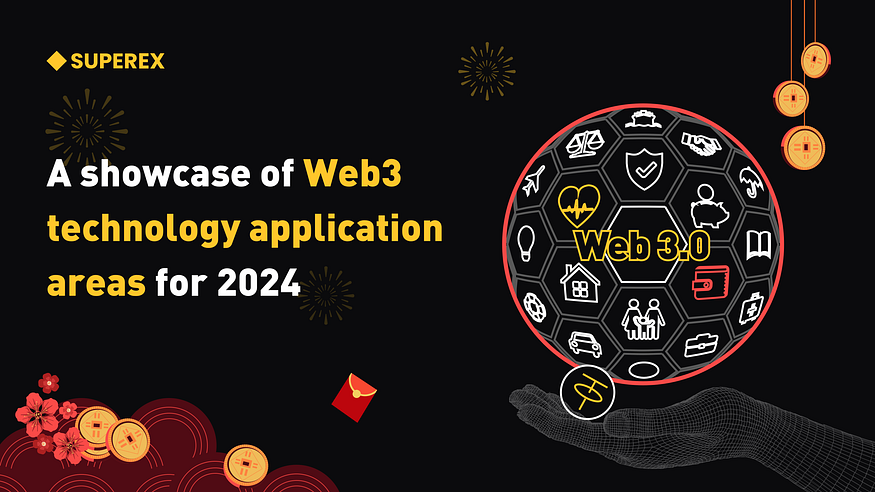
Introduction
The development of Web3 has been facing three challenges: 1) the confusion between the concepts of Web3 and crypto-finance at the technical level; 2) the weakness of the Web3 infrastructure that cannot support the development of the application layer; and 3) the scarcity of applications due to the weakness of the infrastructure;
Facing and solving these three challenges will be the key to the development of Web3 in 2024!
- Click to register SuperEx
- Click to download the SuperEx APP
- Click to enter SuperEx CMC
- Click to enter SuperEx DAO Academy

The confusion between the technical aspects of Web3 and the concept of crypto-finance
The narrative of Web3 is not difficult to understand, and is largely based on a series of innovations in cryptography to build an autonomous and trusted contractual environment in the digital economy.The technical foundations of Web3 are solid, the feasibility is unquestionable, the logic is clear, and the value is unambiguous, and the question of the future in and of itself shouldn’t be an issue.
But premature financialisation has caused a lot of disruption to the narrative of Web3, and Vitalik in his recent article rants about so-called Degen gamblers for this very reason.Premature financialisation is a double-edged sword. The rapid expansion of capital provided Web3’s pre-development agency with all the opportunities and strong motivational support it needed, but during the development period, that strong forward momentum became a huge obstacle.
Ultimately, it’s because of crypto-financial giants or KOLs or successful people in the industry, most of whom not only don’t understand Web3 technology, but also aren’t optimistic about the future of Web3. For them, finance and profitability are the core goals.
Therefore, as successful people in “this industry”, in order to show their “transparency” and “honesty”, semi-publicly and on various occasions, preach that blockchain is not applicable to the real economy, and ridicule Web3 as a castle in the air, impossible to realize. This situation has been widely seen in crypto circles in Asia, and has seriously interfered with people’s understanding of Web3.
It is necessary to return the right to speak about Web3 to those who are really doing Web3 innovation and work on Web3, tell the narrative of Web3 clearly, and show the future, logic and feasibility of Web3, and the problem of “people’s cognitive bias towards Web3” will be solved.
Confusion between Web3 technology and the concept of crypto-finance
The narrative of Web3 is relatively easy to understand and is largely based on a series of innovations in cryptography aimed at constructing an autonomous and trustworthy contractual environment in the digital economy.Web3’s technological foundations are solid, its feasibility is unquestionable, its logic is clear, and the question of its own value and future should not be a point of contention.
However, the Web3 narrative has suffered many distractions due to premature financialisation. As Vitalik complained in his recent article, this is a source of problems.
Premature financialisation is a double-edged sword; the rapid expansion of capital provided unprecedented opportunities and strong momentum to support the initial development of Web3, but this strong forward force became a huge hindrance during the development and practical application phase.
The main reason for this is that many of the crypto-finance giants, KOLs and successful people in the industry are both unaware of Web3 technology and pessimistic about its prospects. For them, finance and profitability are the core objectives.
As a result, as successful people in this industry, they often, in order to show their permeability and honesty, semi-publicly preach on various occasions that blockchain is not applicable to the real economy, and ridicule Web3 as a castle in the air that is impossible to realize. This attitude is widespread in Asian cryptocurrency circles and seriously interferes with a true understanding of Web3.
It is important to return the discourse of Web3 to those who are truly committed to Web3 innovation, and to address the problem of “cognitive bias” by clearly articulating the narrative of Web3 and demonstrating its future, logic, and feasibility.
Web3 Infrastructure Development Leads to Business Growth
The technical infrastructure for Web3 has been a serious problem over the past decade. Expectations for Web3 have tended to outpace infrastructure development, resulting in many applications and ideas that, while not without good intentions, have failed to get off the ground or have been ineffective.
However, significant progress has been made in Web3 infrastructure over the last few years, and in particular the adoption and development of Web3 by organisations and enterprises is accelerating. Infrastructure here includes not only the blockchain, but also various protocol layers and supporting components such as ZK, accounts, DeFi, wallets, development tools, developer education, etc.
As an example, big brands such as Nike, Visa and Gucci have furthered their Web3 efforts by launching loyalty rewards and engagement programmes based on passes and NFTs.
Based on this trend and the development of the underlying blockchain technology to be more enterprise-friendly, more use cases and industry applications are expected to emerge in 2024.

AI
We are entering a defining era in the development of AI, where the convergence of generative AI and blockchain is opening up new frontiers of digital innovation. Web3-based AI technologies are being integrated into enterprise applications at an incredible pace.
The unique attributes of Web3 require additional layers, particularly privacy and authentication, demonstrating how these transformative technologies can foster a more secure, transparent, and collaborative AI environment. This nuanced approach reveals the profound impact of decentralisation on the development of AI, paving the way for a future where trust, ownership and innovation flourish.
It’s fair to say that the excesses of Web3 have taken our exploration of AI into a new dimension. basic ground-up applications such as AI softwriting, AI painting, and AI writing code are popping up all over the place.
And deeper applications are also actively unfolding:
· Computing Collaboration
Blockchain technology is revolutionising compute collaboration, shifting from centralised cloud services such as AWS to decentralised global resource networks, fostering a more inclusive ecosystem.
· Model Development
Web3 embraces decentralised model building, facilitating collective contributions from a global community.
· Democratising data
Web3 reshapes the rules so that individuals can control their data and be rewarded for their contributions. It’s not just about data — it’s a new social contract about ownership, collaboration and shared progress.
· Data Privacy
Blockchain becomes a shield for your information. With advanced encryption and zero-knowledge proofs, the paradigm shifts from intrusive, centralised models to privacy-first AI. This is the promise of Web3: AI that learns and grows while keeping your data safe and under your control.
· Validation
Solutions such as EZKL and Worldcoin provide secure, autonomous and sovereign identity management, eliminating the need for a centralised platform to hold your login credentials.
· AI-Driven Analytics
Utilising cutting-edge AI algorithms to transform data analytics in Web3, powered by AI in a transparent and community-driven ecosystem.
· Intelligentsia
Web3 supports the development of intelligences such as Autonolas and Fetch.ai that can navigate the decentralised web and autonomously perform tasks on your behalf, ushering in a new era of automation and personalised services.
Web3 social applications
Web 2.0 has been fully integrated into our lives for the past 15 years, and the one aspect of Web 2.0 that has made the biggest difference in our lives is social media. Now that Web 3.0 has begun to come into our lives, what many people don’t realise now is that in the next few years we will witness a profound shift in the social media landscape.
In a nutshell, Web3 social is actually going to try to solve a few of the major pain points of existing Web2 social:
· Complete anonymity and anti-centralised censorship.
· For content creators on social platforms there are non-advertising outside of the economic incentives, that is, the data value brought by the data right to return to the author itself;
· Not limited by a single platform, users are in control of their own social profiles and data, and can migrate across multiple platforms.
The paradigm shift in ownership in the Web3 social space is critical for a future that emphasises privacy.
Specifically, by restoring users’ control over their data and content, Web3 social media will not only improve privacy, but also reinvigorate the online creator economy. This is because the Web3 project allows creators to take control of how their content is monetised.
Web3 social media will also bring portability to digital identities. Currently, large social media giants try to monopolise users’ social lives, resulting in a “brick wall” between them that prevents users from transferring their identities from one platform to another, limiting the ways in which creators can earn revenue from their online presence. In contrast, decentralised technologies enable people to retain their identities within Web3 without the constraints of a single platform, with users taking control of their social profiles and data and being able to migrate across multiple platforms. This means they can build a reputation that resonates widely across the Web3 ecosystem.
Overall, the successful breaking of the circle for Web3 social will require breakthroughs in efficiency, security, and decentralisation beyond that of Web2 social applications. However, the development of Web3 Social is closely related to the circle-breaking process and must be closely aligned with the crypto industry’s circle-breaking process.
Medical breakthroughs
Web3 has long held great promise for the healthcare industry, such as more efficient patient record keeping.
However, healthcare companies are naturally unlikely to move as “fast and out of the box” as the typical tech startup, so the promise has been slow to materialise.
Now, privacy-centric ZK (Zero Knowledge) solutions, which are becoming increasingly accessible, are bearing fruit. Some blockchain-native healthcare projects have been in development for several years and are already able to facilitate clinical trials using ZK technology.
Meanwhile, integrating ZK technology at the platform level, rather than the application level, allows the technology to be applied to a range of other use cases, such as gaming, voting, etc.
Summary
Blockchain and Web3 are at a pivotal point in their development, and the momentum for enterprise adoption of blockchain has begun to accelerate. 2024 looks set to be a turning point, when interest will meet for the first time with a truly ready Web3 technology.


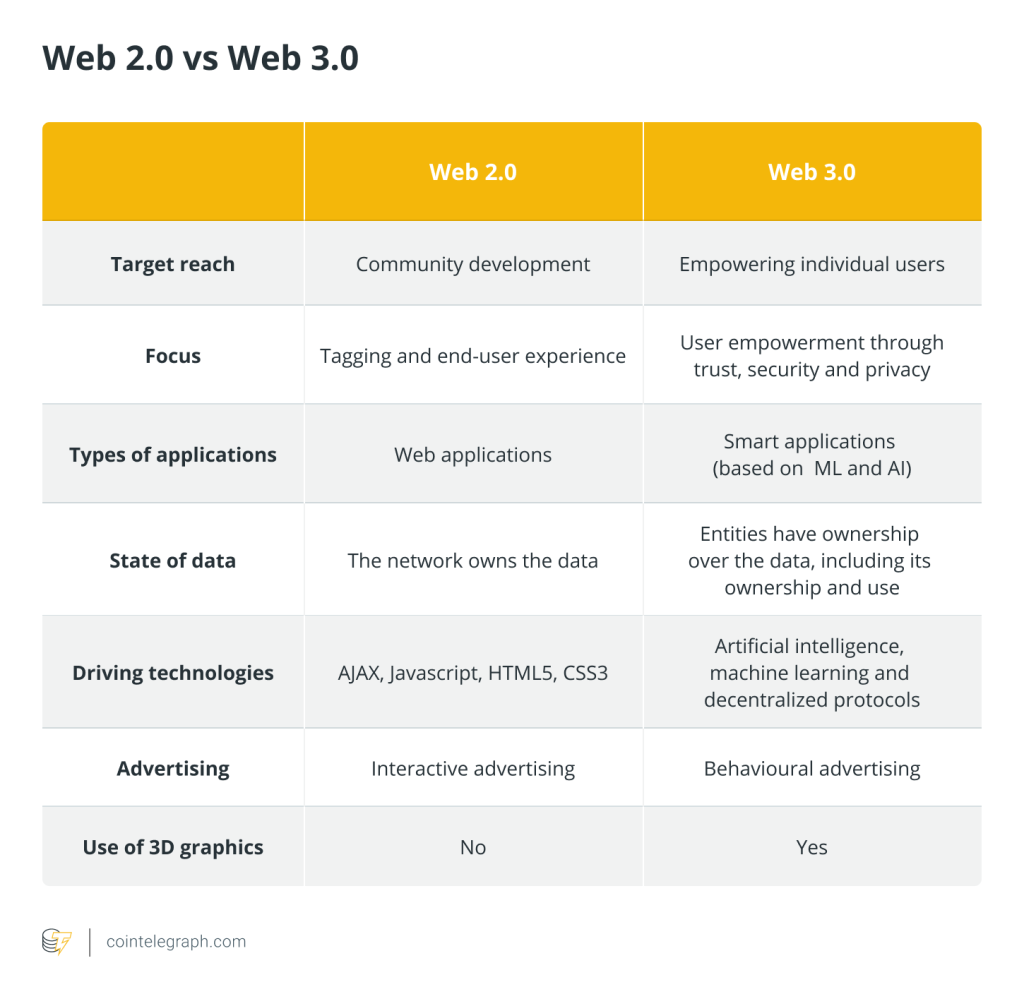
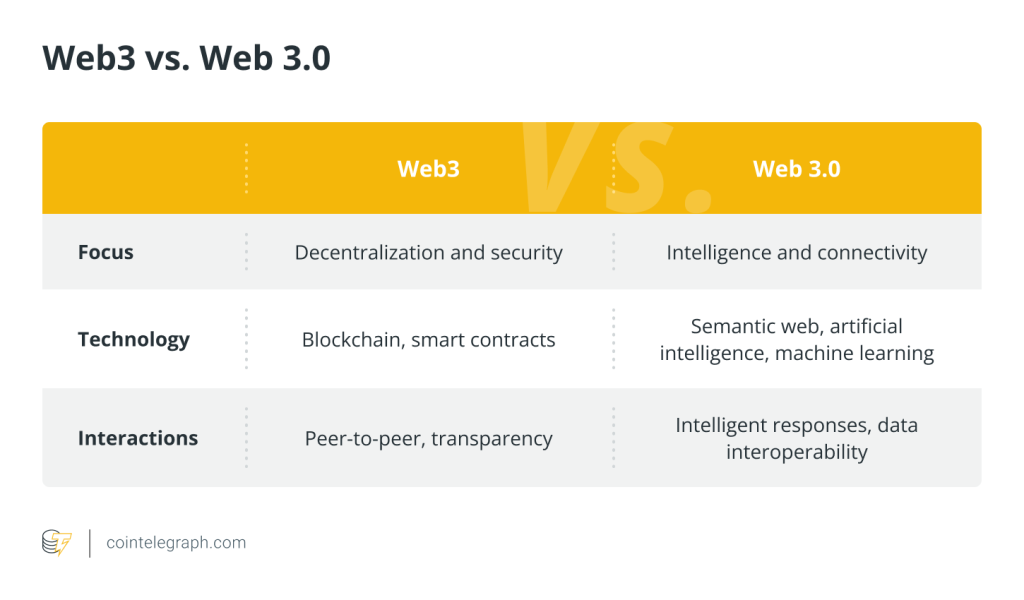
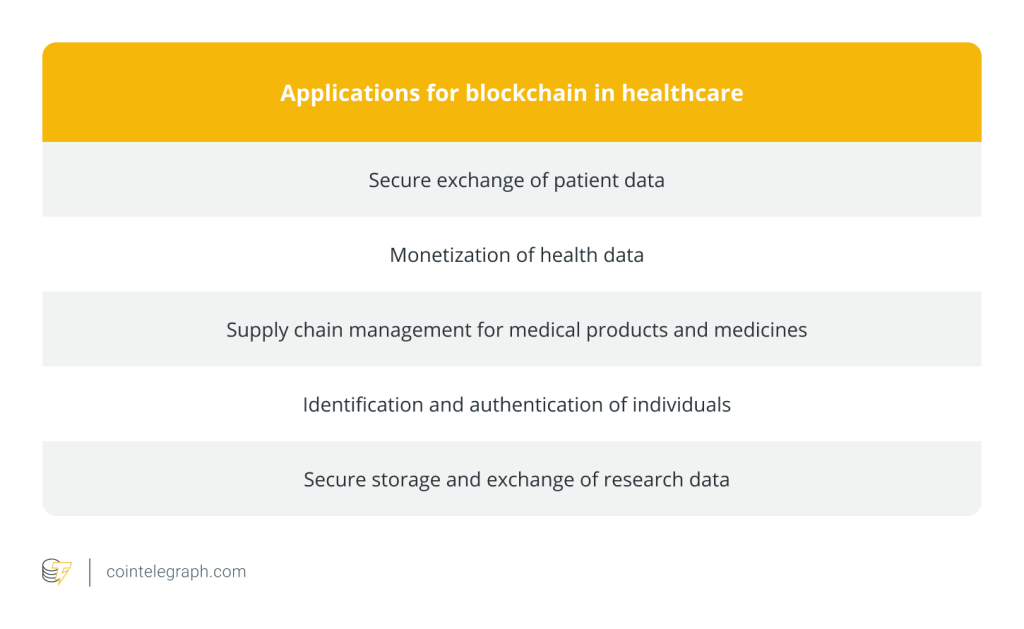
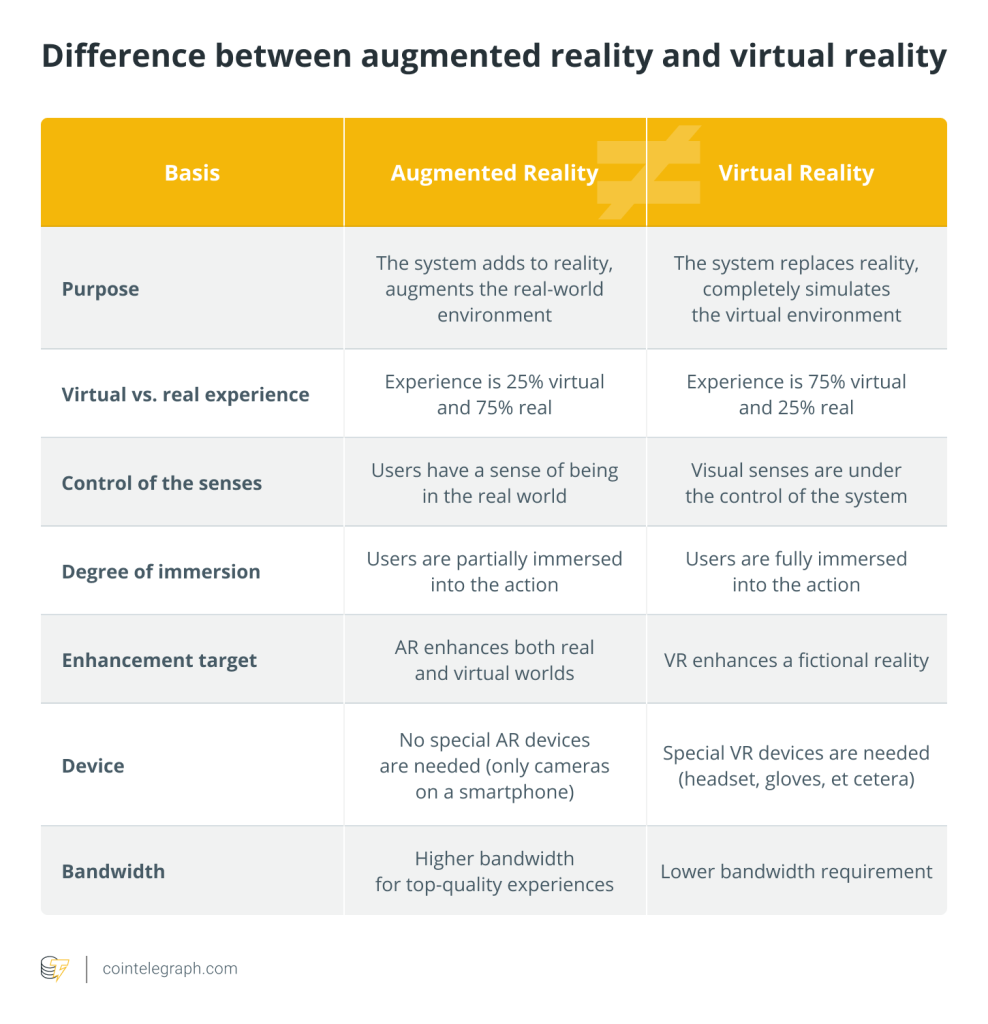

… [Trackback]
[…] Here you will find 27589 additional Info on that Topic: x.superex.com/news/4451/ […]
… [Trackback]
[…] Find More Info here on that Topic: x.superex.com/news/4451/ […]
… [Trackback]
[…] Find More here to that Topic: x.superex.com/news/4451/ […]
… [Trackback]
[…] Info on that Topic: x.superex.com/news/4451/ […]
… [Trackback]
[…] There you can find 9526 more Info to that Topic: x.superex.com/news/4451/ […]
… [Trackback]
[…] Information on that Topic: x.superex.com/news/4451/ […]
… [Trackback]
[…] Information on that Topic: x.superex.com/news/4451/ […]
… [Trackback]
[…] Find More Information here to that Topic: x.superex.com/news/4451/ […]
… [Trackback]
[…] Find More here on that Topic: x.superex.com/news/4451/ […]
… [Trackback]
[…] Read More Info here to that Topic: x.superex.com/news/4451/ […]
… [Trackback]
[…] Find More to that Topic: x.superex.com/news/4451/ […]
… [Trackback]
[…] Here you will find 91398 additional Info to that Topic: x.superex.com/news/4451/ […]
… [Trackback]
[…] Read More to that Topic: x.superex.com/news/4451/ […]